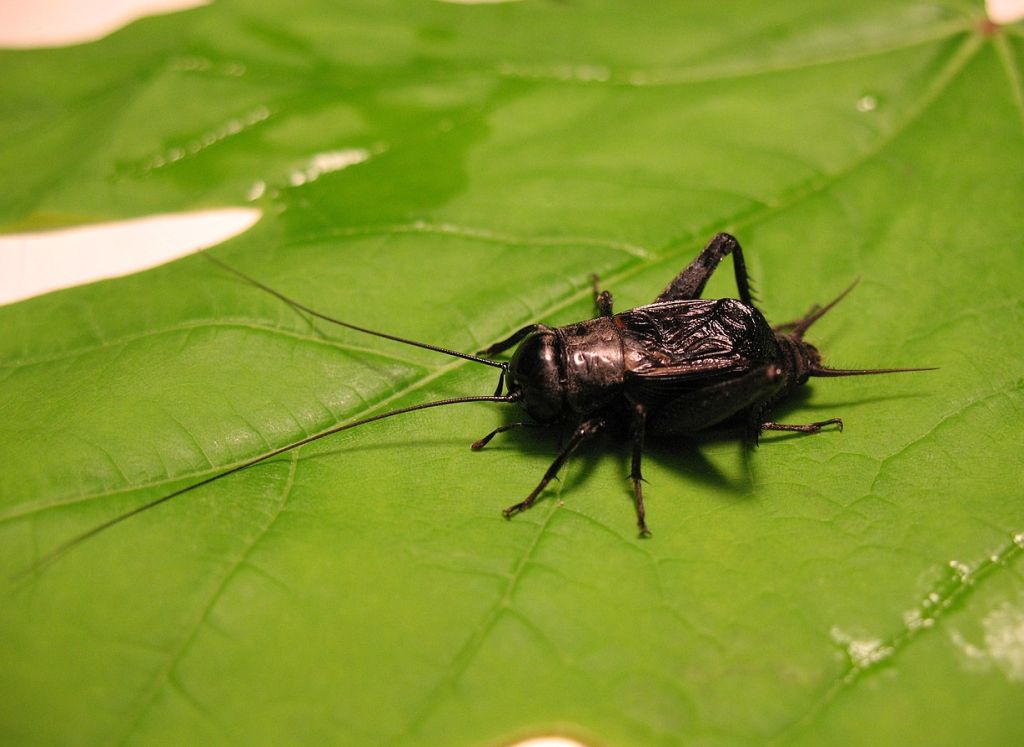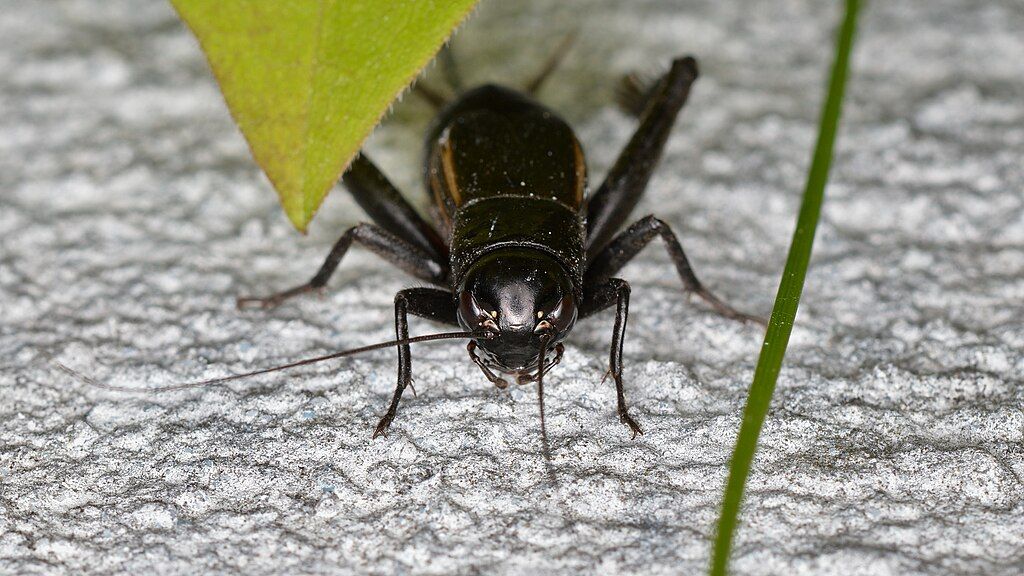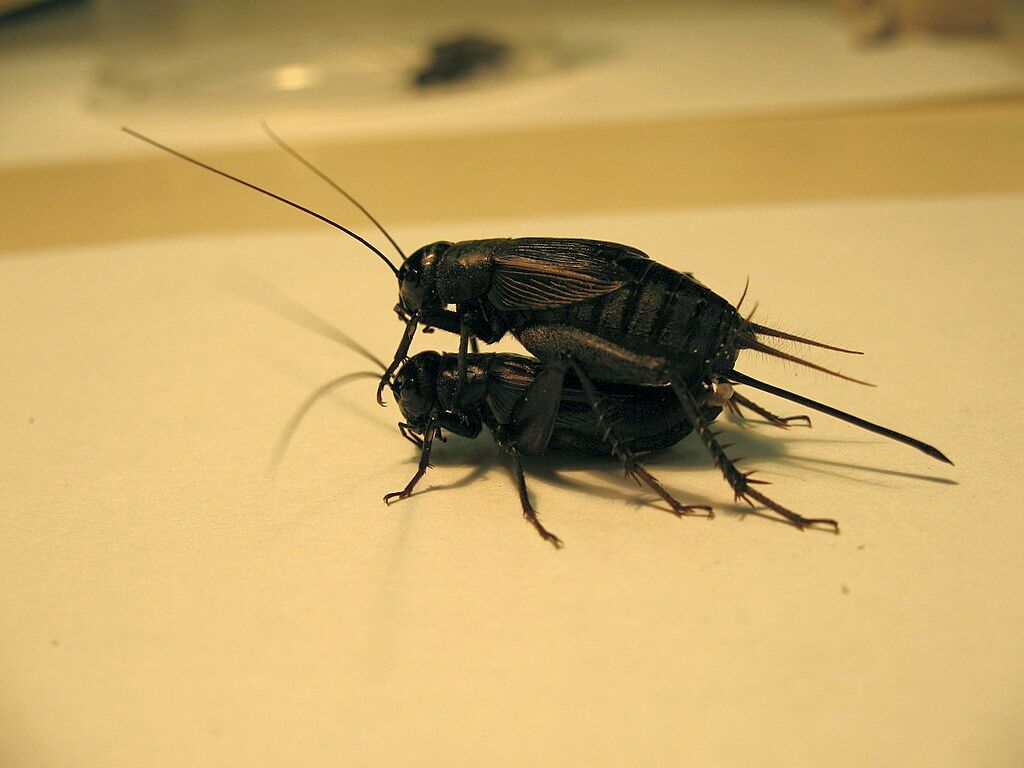
22 August 2024
Right now fall field crickets (Gryllus pennsylvanicus) are in the midst of their breeding season. Like songbirds the males sing to attract a mate.
It’s relatively hard to find a singing cricket because the male is on the ground, probably hidden by vegetation, and facing the entrance to his burrow. He rubs his modified leathery front wings, called tegmina, to make his chirping sound.
The burrow entrance provides an echo chamber that amplifies his sound and, if his chirping attracts a predator, he can quickly zoom underground for safety.
Older male crickets are better at chirping than younger males so they attract more females. She approaches …

… and they mate.

She will use her ovipositor to inject 50 eggs into the soil.
And then they’ll go off to eat the seeds of their favorite foods, many of which are invasive weeds including: Smooth crabgrass (Digitaria ischaemum), lamb’s quarters (Chenopodium album), English plantain (Plantago lanceolata), switchgrass (Panicum virgatum), common ragweed (Ambrosia artemisiifolia) and chicory (Cichorium intybus). [list from Wikipedia]
Did you know that the cricket’s chirp can tell you the temperature? Count the number of chirps of a lone cricket for 15 seconds, then add 37. That should tell you the temperature in Fahrenheit … probably. If it doesn’t, I like to imagine that the burrow entrance is colder or hotter than the ambient air. 😉
Read more about the cricket’s chirp here at the Songs of Insects.
p.s. Did you ever have a cricket in your house? In my experience they are really hard to find unless they’re in the corner of a gleaming white bathroom and you’ve moved everything out of the way to find the cricket in the corner.

When I worked in the library in Virginia we often had chirping crickets in the building around this time of year. They always managed to elude the staff by hiding under the shelves. We’d listen to them all day. Females were much easier to catch and take out to the garden.
My daughter took a few crickets to show friends at school at Greenfield one September day. As the temperature rose, they chirped louder and louder, much to the delight of the class. At the end of the day, her teacher asked me to please not send any more live exhibits to class…lol